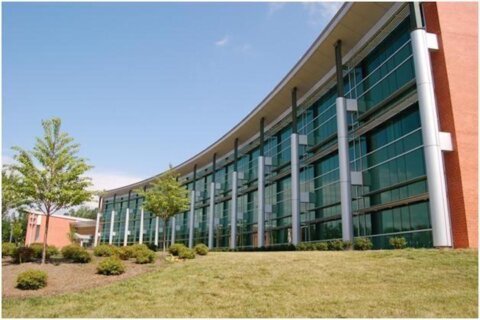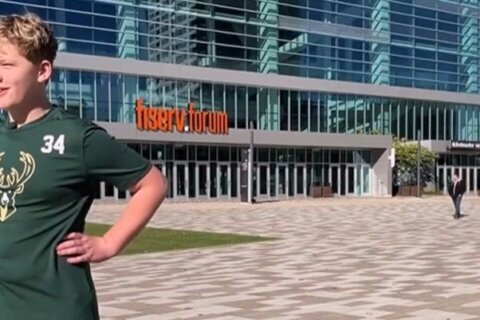Traffic on Route 28 in Northern Virginia sucks. And it sucks for everybody.
Few topics can galvanize jurisdictions more than the congested traffic on Virginia Route 28 — especially in Prince William, Fairfax and Loudoun counties.
Local and state elected leaders from the three jurisdictions were on hand Friday for the groundbreaking of the Route 28 widening project, in the Fairfax County stretch between the Prince William County line and Route 29, near the Interstate 66 interchange.
The project will widen the existing four-lane roadway to six lanes, with the ability to easily add two additional lanes if needed in the future.
In the past decade, portions of Route 28 have been improved at different paces, and with different solutions.
While the fixes are tailored to the communities, the headaches can occur wherever drivers are.
“Drivers don’t know when they cross a county boundary, and they don’t care,” said Loudoun County Board of Supervisors Chair Phyllis Randall, who is chair of the Northern Virginia Transportation Authority — the regional entity footing $26 million of the project’s $79 million cost.
“They want traffic that they can get through so they can get to work and get home to their children.”
Del. Danica Roem, a Democrat who represents Prince William County, grew up in Manassas, near Route 28, and has led the effort with the Virginia Department of Transportation to find ways to keep traffic moving on the road.
Roem’s project involves a type of intersection called an RCUT, which is rare for this area. It aims to keep traffic moving while reducing the number of “conflict points” where serious crashes can occur.
“It’s so important that we look at transportation regionally,” Roem said. “What helps one of us can really pay big benefits to all of us when we put all the pieces together.”
The road widening project in this stretch of road is expected to take two years.
While no homes or businesses will be displaced by the project, Jeff McKay, the Fairfax County board chairman and a member of the NVTA, thanked those who live nearby for their patience.
“When there’s construction projects, there’s going to be headaches and delays that commuters face,” McKay said.
“We have to focus on the endgame, which is a project that will dramatically improve travel times, and accommodate pedestrians and bicyclists in a safe way, which anyone who has traveled on this road knows is a challenge.”
The project will improve bike and pedestrian connections and crossings and include new 10-foot-wide shared-use paths on either side of Route 28.
Kathy Smith, Fairfax County supervisor in the Sully District, where much of the work will be done, said the project will benefit people who live near the Route 29 interchange on 28.
“Route 29 South backs up at 2:30 p.m., and then you have people pushed out into neighborhoods to find other ways home,” Smith said. “People will be able to walk, so the quality of life will be much better.”
County Supervisor Pat Herrity, whose Springfield district includes a more southern stretch of Route 28, said this work will benefit neighbors “who suffer from cut-through traffic of people who should be on this road.”
While most of the traffic lights on Route 28 in Loudoun County have been removed and replaced by interchanges, five existing traffic signals will be upgraded on the stretch between the Prince William County line and Route 29.
“North of 29, the character of 28 changes, and it becomes more of a freeway, so we were able to build interchanges, since there weren’t many houses,” said Tom Biesiadny, director of the Fairfax County Department of Transportation.
“This portion of Route 28 has houses on both sides, very close to the roadway, and there wasn’t room to build interchanges without displacing residents — and we didn’t want to do that with this project.”
Randall said the region is in the midst of growth, which has changed some of the character of communities.
“What we just learned from the census is how many people have moved to Northern Virginia in the past 10 years. To have people get around, with a better quality of life, we had to adjust the roads. We had to make four-lane divided highways out of what were once two-lane roads,” Randall said.
“It looks very different than when I moved to the area in 1993, but that’s what growth is, and that’s what it looks like. And it’s a really good thing, in that it helps us welcome new neighbors.”








